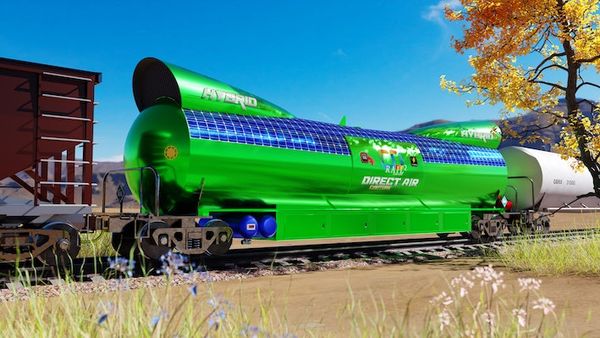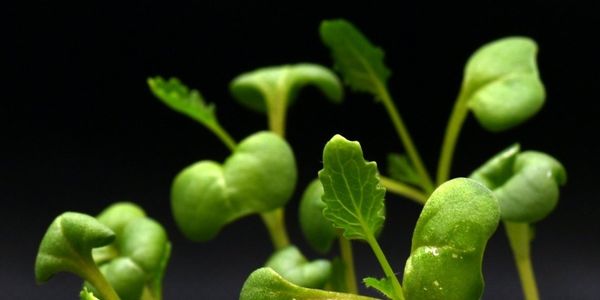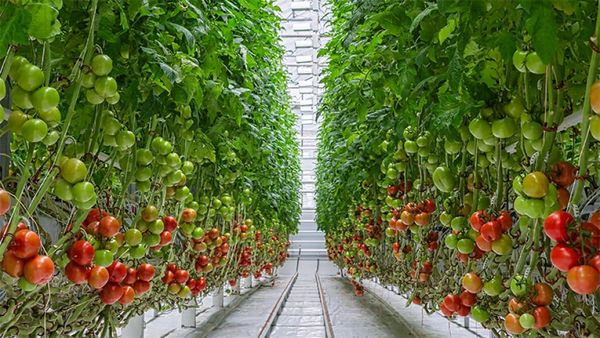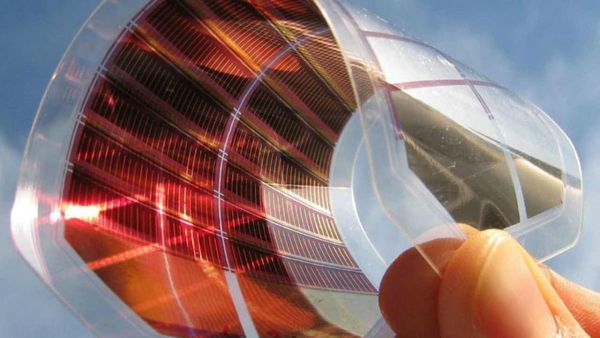In 10 seconds? Scientists have created a new biodegradable plastic that takes us one step closer to combating both plastic and food waste.
Wow, two birds with one stone? Exactly, although it’s not really appropriate given the fact according to a study, by 2050 99% of seabirds will have ingested plastic waste. At the same time, a large proportion of single-use plastic is used for packaging, including for food and drink, ends up in landfills or as litter. The new type of plastic created by researchers not only breaks down fast in composting but also repels bacteria. So, as a food packaging material, it can keep food from going off longer, helping reduce food waste. Example: strawberries wrapped in the new antimicrobial plastic remained fresh for seven days, whereas in conventional plastic boxes they last for four days. The invention could help reduce food waste, which reached a whopping 63 million tonnes in 2018 in the US.
Wow, so what’s this wonder material? The team has created a biodegradable plastic using a corn oil by-product, zein, cellulose nanocrystals (a material made from cellulose that is found naturally in plants), and other antimicrobial compounds, such as thyme oil and citric acid. The addition of antimicrobial active ingredients, which are released when exposed to various bacteria and fungi or humidity thresholds, prevents fungal and bacterial growth on both the food contained and the packaging itself. So, it holds back E. coli and Listeria and prolongs the shelf life.
OK, how do biodegradable plastics… degrade? Biodegradable plastics can be broken down by microorganisms (such as fungi, bacteria, and algae) under specific conditions; this produces carbon dioxide (CO2), methane (CH4), water, and biomass. Petrochemical-based biodegradable plastics are made in a similar way to traditional plastics, in that they are made out of fossil fuels. However, the addition of certain additives during production enables the materials to biodegrade in just 3 months to a few years.
How does it compare to traditional plastics? Significantly quicker! Traditional plastics take hundreds to thousands of years to break down. There are also bio-based biodegradable plastics that are made from renewable biomass materials (materials derived from plants, animals, or microorganisms) which will naturally decompose and return to the environment. Some bio-based plastics can even be turned into compost, as long as the end-materials after biodegradation are non-toxic to plants and animals. Bio-based plastic production can be costly, so it is often combined with petrochemical-based plastic in commercial production (biopolymer-based plastic) to reduce costs, which can also enhance performance.
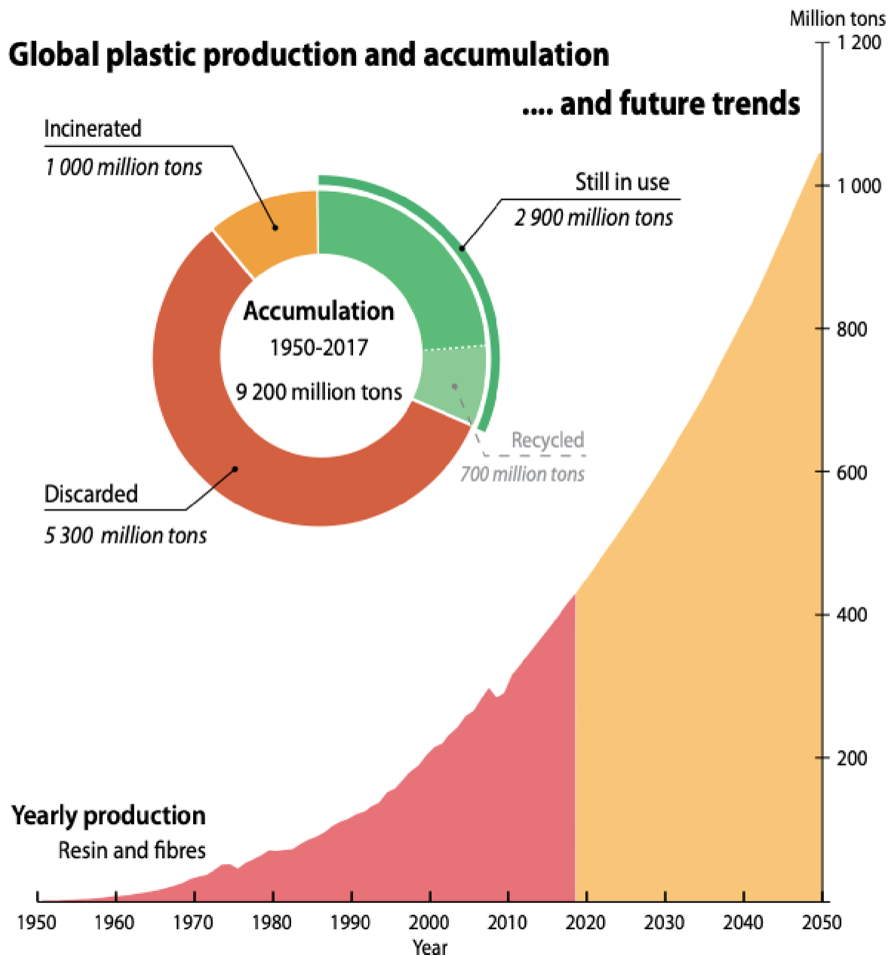
So, the new material degrades faster but you’ve mentioned CO2 and methane release? Indeed, there are concerns over CO2 emissions during the biodegradation process (because, as we all know, CO2 released into the atmosphere contributes to climate change). However, as this new bio-based plastic utilizes cellulose technology derived from plants, which use CO2 as they grow, the waste management component is considered as “circular”. In comparison, traditional plastic CO2 emissions from ‘end of life’ processes, such as recycling and landfill, were reported to have reached 161 million tons in 2015.
Any other caveats? There is also currently a lack of options to dispose of biodegradable plastics correctly. Most biodegradable plastics aren’t suitable for home composting and need to be sent to industrial composting plants, where the plastic produces compost and biogas, a renewable energy source. However, this isn't an available option in most places and if biodegradable plastics end up in landfills, there is a lack of oxygen available for the process resulting in the production of CH4 (methane), rather than CO2, which is more detrimental to the planet (read an earlier Digest on this topic). Still, overall, the life cycle of all biodegradable plastics has lower greenhouse gas emissions than traditional plastics. Furthermore, the increase in bio-based biodegradable plastics production would require the change of use of arable land, which could undermine the carbon benefits. However, to switch to 100% bio-based plastics would only use up to 5% of land, but the use of renewable biomass sources could reduce this.
Why do we need biodegradable plastic?
Plastic production began as early as 1869 with John Wesley Hyatt producing the first plastic as a substitute for ivory but it wasn’t until after WWII that commercial plastic production took off.
Between 1950 and 2017 9,200 million tons of plastic had been produced, with production predicted to increase by a further ~600 million tons per year by 2050. Out of the total production so far, more than 70% has reached its end of life, with 57.6% discarded (i.e. landfill or litter), ~ 10.9 % incinerated, and only around 7.6% recycled.
The shift towards more single-use plastic, which is often non-recyclable, has resulted in more plastic in the environment. During degradation, traditional plastic breaks down into microplastics (read our dedicated Digest here) and nanoplastics, which are detrimental to the environment and ecosystems.
Chloe Jones has curated 9 research papers, saving you 31.5 hours of reading time

The Science Integrity Check of this 3-min Science Digest was performed by Michael Eze.



